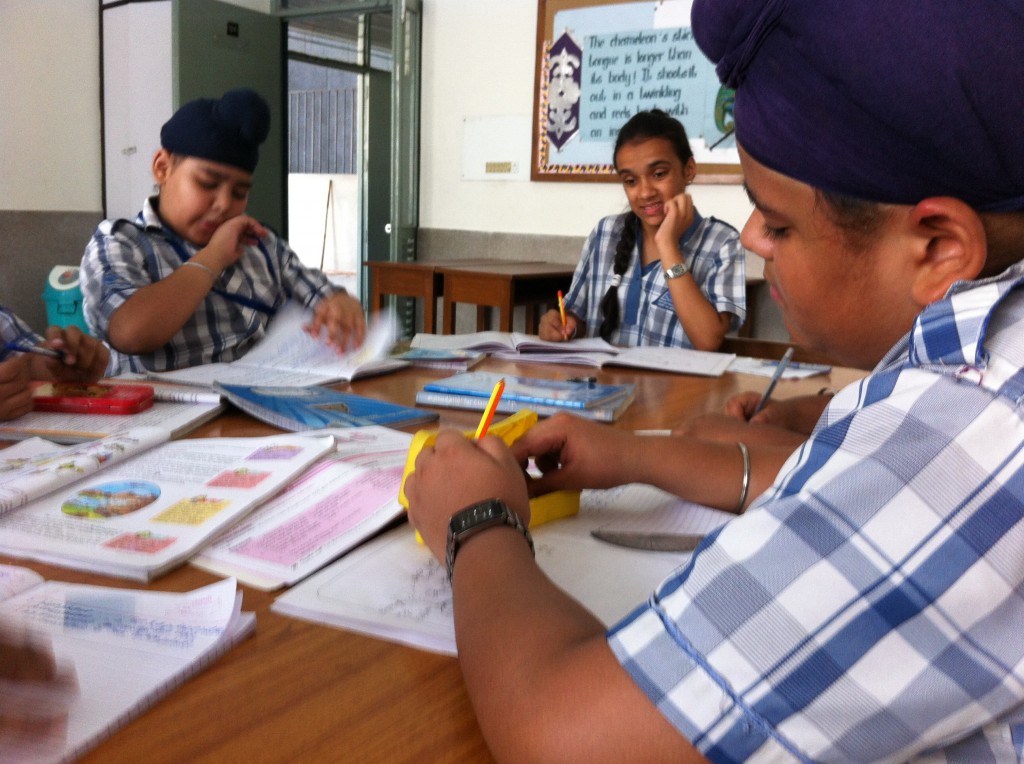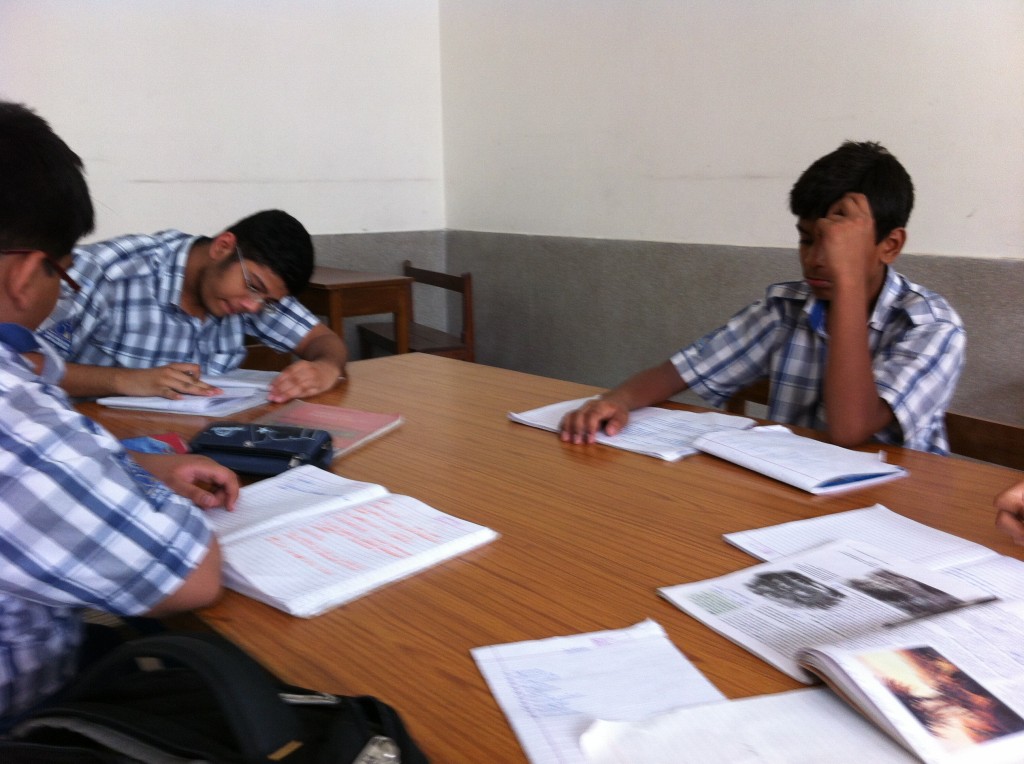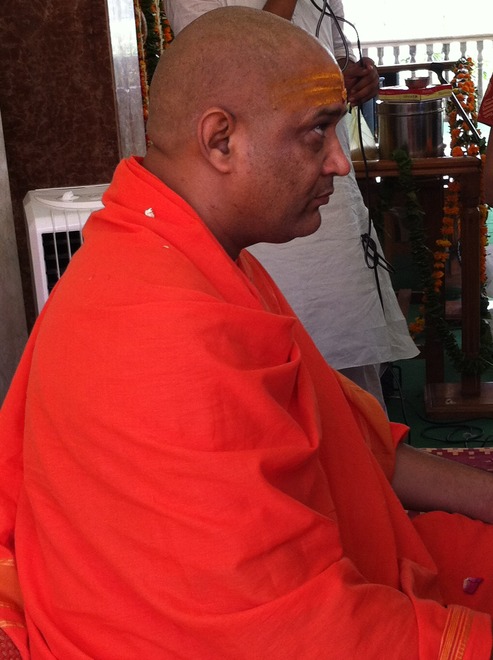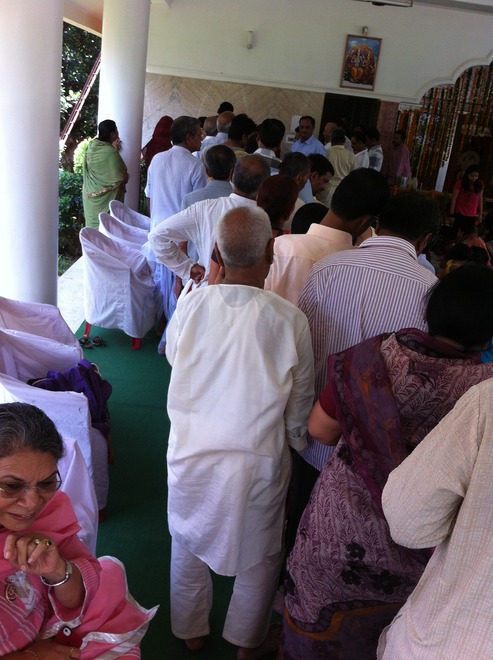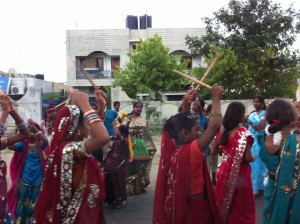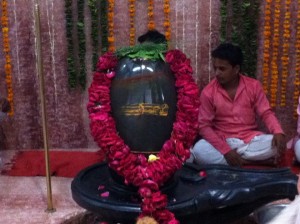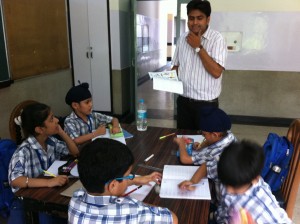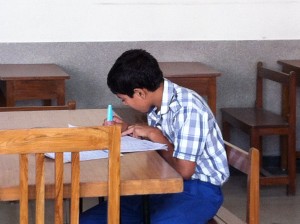It’s been about a week since I returned from Delhi to Phoenix and I don’t really know how to process things. Everything is now as different to me as it was once familiar and I find myself appreciating a variety of things on a very conscious level. Not that I was unappreciative before I left, but after really feeling what life can be like in a place so radically different from Western society, every little thing seems like something for which all should be appreciative. Water tastes way better; my house looks at least 10 times bigger than it did before I left; and going hungry is about as likely an event to occur in my life as that asteroid from Armageddon crashing into my front yard.
I suppose since spending the summer in my homeland, I have developed a very comprehensive realization that even on their worst day, any given member of the American middle class can find boons in spades when compared to the lifestyle of the average Indian person. I’m not trying to minimize the strain both Americans and Indians and other cultures all over the world have to endure on a regular schedule. Everybody deals with some version of struggle to a greater or lesser extent on a moment-to-moment basis, and I completely understand that fact.
But the gap between what people already have to begin with in metropolitan areas like Tempe or Scottsdale compared to Delhi is just so vastly antonymic that it almost defies my sense of reality. I mean, for the love of God, when was the last time an American population had to worry about a power blackout covering 620 million people since the turn of the 20th Century? The closest North America came to this kind of power failure was in 2003, and that was staggeringly low in comparison, coming in at 55 million people.
And food? At last count, 60 million children in India were listed as food insecure. What’s the count for all food insecure members of the entire American population? The data varies, but I’ll bet my left lung that it’s nowhere in the same state, let alone the same neighborhood, as 60 million.
And housing? Oh man, the worst project developments in the United States put together don’t hold a candle to the rampant poverty in the majority of Indian living spaces. In Tempe, I’ll see 1-2 homeless people every couple of months with a street sign in their hand and a tin cup next to it. Maybe the sign says something funny, and people give some money to him or her, and call it their good deed for the day.
In India, I saw the homeless, the crippled, the destitute, and the derelict live in droves under freeways, overpasses, and on the streets, scouring between moving traffic for alms, many without even tattered rags to cover the little modesty they might wish to retain.
And coming back from that kind of differential has been a massive shock to my world paradigm. It’s placed in my mind a more universal idea of what it would mean for me to have a happy, successful life. And that idea is just keeping it more basic than basic. I don’t mean Survivorman or ascetic monk basic; just whittling down the things in my life to the bare essentials, like food, water, clothing, shelter, and enough power to turn a light on.
